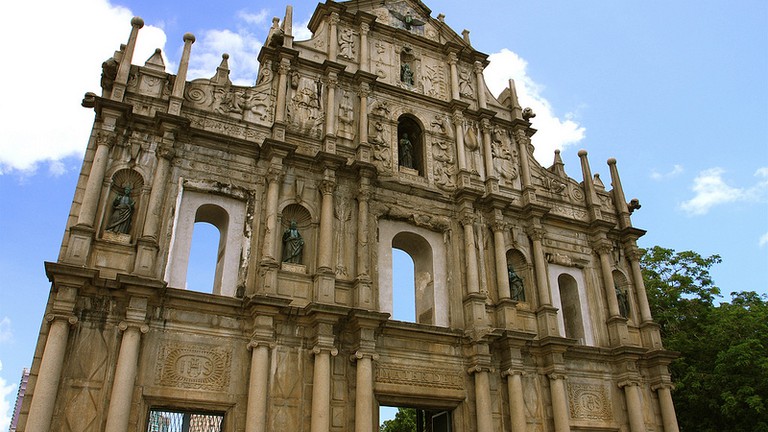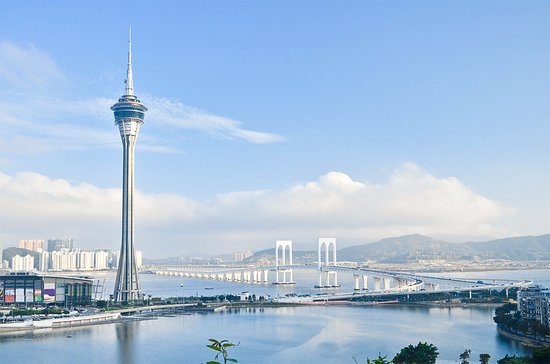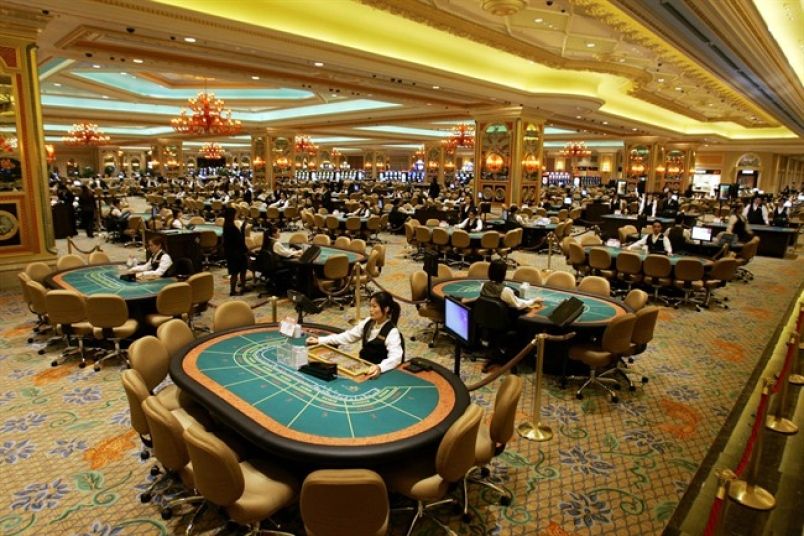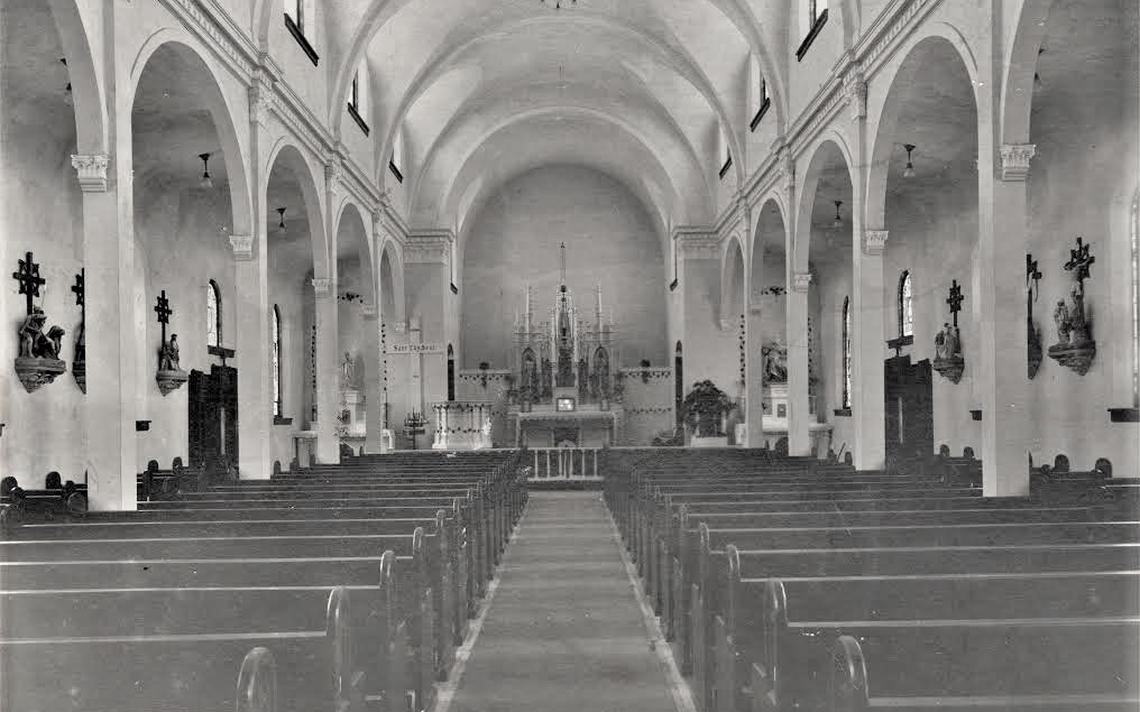New Gospel Symbols Library Available
- Neurodiverse individuals
- Nonverbal persons
- Those with cognitive challenges
- Parents conducting home-based religious education
- Church educators
- People using a non-native language for communication
 A Time for Learning and Evolution
Life's journey is marked with trials. Amidst hardships, remember the Divine's omnipotence, benevolence, and the ultimate rectification through Jesus Christ. The scriptures assure us of a future free from grief, death, and pain (Revelation 21:4).
A Time for Learning and Evolution
Life's journey is marked with trials. Amidst hardships, remember the Divine's omnipotence, benevolence, and the ultimate rectification through Jesus Christ. The scriptures assure us of a future free from grief, death, and pain (Revelation 21:4).
 Emulating the Supreme Forgiveness of Christ
In our own struggles to forgive, we find an unparalleled exemplar in Jesus Christ. Amidst His excruciating crucifixion, He embodied divine forgiveness, pleading for mercy on behalf of His persecutors. His atoning sacrifices and understanding of our deepest pains assure us that through His grace, not only can we receive forgiveness, but we are also empowered to extend it to others, even in our most trying moments.
Emulating the Supreme Forgiveness of Christ
In our own struggles to forgive, we find an unparalleled exemplar in Jesus Christ. Amidst His excruciating crucifixion, He embodied divine forgiveness, pleading for mercy on behalf of His persecutors. His atoning sacrifices and understanding of our deepest pains assure us that through His grace, not only can we receive forgiveness, but we are also empowered to extend it to others, even in our most trying moments. Gambling is illegal in Hong Kong. Then where should the fans of this fate fight? Macau with an area of 29 sq km was transformed into a heaven on earth for them. Gambling is indeed legalized in Macau, so those of you who come there only need to invest money and hope to the god of luck. Macau is indeed quite far for those who want to gamble, fortunately now there are trusted online gambling in Indonesia. No need to go far to Macau, just use your cellphone, you can directly access the live casino on your cellphone and bet freely there. Choose a trusted online gambling site, which usually has the most complete gambling options such as online casino, judi slot, poker, and sportsbook.
Macau is the Portuguese pronunciation of the local dialect A Ma Gao which means temple of A-Ma. This is a place of worship for local people before the Portuguese colonizers came in the 1550s. The people themselves call this area Ou Mun. Since being handed back to China in late 1999, Macau has been transformed into a gambling location to rival Las Vegas. With 29 giant casinos and hundreds of nightlife spots, Macau is a magnet for those who want to try their luck from Hong Kong, mainland China and other parts of the world.
Macau has an international airport, but Hong Kong residents usually go to Macau using the fast Turbo Jet Ferry from the Hong Kong Ferry Terminal in Sheung Wan. The ticket price is HK$172. The ferry departs every 15 minutes for 24 hours. However, between 00.00-06.00, the ferry departs once an hour.
When we bought tickets, it turned out that many people gave hand codes. Apparently, a lot of touts were standing around the counter. They offer tickets at a discounted price, HK$150, but who can guarantee, we don't even care. After an hour's journey, we arrived in Macau at 20.00 local time.
The glitter of the giant casinos makes the night sky in Macau turn red. Casino buildings vary in shape to attract gamblers. Some look like emperor palaces, giant light bulbs, Tibetan palaces, or dragon mouths. Just got off the ferry, and some people were handing out flyers. The content is an offer of plus-plus entertainment packages, ranging from striptease which is priced at HK$ 300 to advertisements for commercial sex services starting at HK$ 800.

Do not be surprised, apart from gambling, prostitution is also legal in Macau. It seems actor Chow Yun Fat has a special place for Macau. The face of the actor who is famous for the film Gods of Gambler (God of Gambling) appears at the taxi doors with a gambling style. All information signs are in two languages, Portuguese and Chinese.
After we filled our stomachs, we decided to head to the end of Avenida Street, Dr. Rodrigo Rodrigues. Here there is a fairly large open space and we can look out over the many large casinos around us. The night is getting late, but this city is showing no signs of going to sleep. Hundreds of people back and forth in and out of the Casino. Enter the casino with cheer, and many leave with limp faces. I can't imagine how many people come here on the weekends.

Tired of the hustle and bustle of the gambling world, we retreated to the old city of Macau. The atmosphere is in stark contrast to the distance of less than 2 km, it was as if we were thrown into the 16th century. The colonial buildings that are still well-maintained, the streets with stone tiles, brought directly from the Portal, have survived to this day. We headed into the hills to see the ruins of the church of Santo Paulo.
Igreja de Santo Paulo, that's his name. Located in the hills, this church is a memory of Portuguese rule in the past. Built between the years 1602-1640, this church burned down in 1835. Only the facade remains today. The remains of the ruins of this church became an icon of Macau. It was early in the morning. We went back down to downtown Macau. The gambling city that never sleeps.
 There are many churches in Macau, but this one church is the most visited because it is unique. The church, which was built in 1602, collapsed and collapsed in 1835, leaving only its front. This church was once built side by side with a university but suffered three fires and was rebuilt. Until the last fire in 1835, it was no longer reconstructed to become a tourist landmark of Macau.
To visit the Church of St. Paul does not rush to spend money because of many free shuttle buses from several casinos such as Venetian Resort, Grand Lisboa, and public areas such as the City of Dream. Friends just stay there because it is indeed provided for tourism purposes. Get off at Macau Square and walk straight about 100 meters, and friends will arrive at Senado Square. Follow the directions to the church. Paul and his friends will meet him after walking about 200 meters.
So that tourists can see the beauty and condition of this church more closely, in the back of the church, there are stairs to get to the second level and balconies made along with the second level. This balcony is supported by sturdy iron pillars, so don't be afraid of falling. Don't just jump around Anyone can go up to the second level via this ladder. And usually, people who are on this ladder will try to throw two coins towards the window hole on level 2. Don't forget to look at the view around the church and balcony because it's super cool!
There are many churches in Macau, but this one church is the most visited because it is unique. The church, which was built in 1602, collapsed and collapsed in 1835, leaving only its front. This church was once built side by side with a university but suffered three fires and was rebuilt. Until the last fire in 1835, it was no longer reconstructed to become a tourist landmark of Macau.
To visit the Church of St. Paul does not rush to spend money because of many free shuttle buses from several casinos such as Venetian Resort, Grand Lisboa, and public areas such as the City of Dream. Friends just stay there because it is indeed provided for tourism purposes. Get off at Macau Square and walk straight about 100 meters, and friends will arrive at Senado Square. Follow the directions to the church. Paul and his friends will meet him after walking about 200 meters.
So that tourists can see the beauty and condition of this church more closely, in the back of the church, there are stairs to get to the second level and balconies made along with the second level. This balcony is supported by sturdy iron pillars, so don't be afraid of falling. Don't just jump around Anyone can go up to the second level via this ladder. And usually, people who are on this ladder will try to throw two coins towards the window hole on level 2. Don't forget to look at the view around the church and balcony because it's super cool!
 Want activities that challenge your adrenaline? Do not miss to test the Minasan adrenaline guts at Macau Tower by doing various activities such as upwind around the top of the tower, or the skywalk.
The tower is 338 meters high. From the top of the top floor of Macau Tower, you can enjoy the beauty of the whole city of Macau. There are 61 floors that you can visit with the concept of one-stop entertainment. What does it mean? In Macau Sky Tower, you certainly can enjoy a variety of entertainment in one place. Macau Tower provides cinemas, cafes, restaurants, to the extreme tempting rides for you lovers of challenges.
Want activities that challenge your adrenaline? Do not miss to test the Minasan adrenaline guts at Macau Tower by doing various activities such as upwind around the top of the tower, or the skywalk.
The tower is 338 meters high. From the top of the top floor of Macau Tower, you can enjoy the beauty of the whole city of Macau. There are 61 floors that you can visit with the concept of one-stop entertainment. What does it mean? In Macau Sky Tower, you certainly can enjoy a variety of entertainment in one place. Macau Tower provides cinemas, cafes, restaurants, to the extreme tempting rides for you lovers of challenges.
 Want to honeymoon in Venice, Italy? No need to fly far to Europe, just visit Venetian Macau. This tourist location is made to resemble the tour of Venice in Italy. Even this place is also equipped with a gondola and the Gondola Pilot, who sings like in Italy.
Venetian Hotel is one of the largest hotel complexes in the world, complete with the largest mall in Macau. It is also the largest casino in the world, as well as a feeling of being in Venice, Italy. There you will meet a replica of the Venice river complete with boats and paddles of masters who are skilled at singing folk songs (to feel complete boat facilities with the singer who circled the hotel for 20 minutes costs 100 MOP).
Located within the Venetian Resort Hotel, Venetian Macau is surrounded by the biggest shopping and casino shops in Asia.
Right at the Venetian Macau-Resort-Hotel, there are more than 350 shops from retail stores. The best things are shops that are open until 11 pm (Sunday to Thursday) or Midnight (Friday to Saturday). For women who don't visit casinos, we know where we can spend time if our men want to try their luck at the casino.
Macau is also called the Las Vegas of Asia because, in the Venetian Resort area, Grand Lisboa Macau, like a giant casino in Asia, stands majestically. Anyone can enter here without the need to pay or wear fancy clothes. To be able to enter this area, you can take the hotel shuttle bus for free. While you were in the area, you will find many beautiful gambling spots to play, and of course to capture for your profile picture.
How do you get to the Venetian Hotel for free? The easiest way for you all is to take the hotel shuttle where you stay and go to the Ferry Terminal. Arriving in front of the Ferry terminal, there is a Venetian hotel shuttle bus that never stops passing. Do not be afraid even if we are not guests of the hotel, and we can ride the shuttle bus for free.
Want to honeymoon in Venice, Italy? No need to fly far to Europe, just visit Venetian Macau. This tourist location is made to resemble the tour of Venice in Italy. Even this place is also equipped with a gondola and the Gondola Pilot, who sings like in Italy.
Venetian Hotel is one of the largest hotel complexes in the world, complete with the largest mall in Macau. It is also the largest casino in the world, as well as a feeling of being in Venice, Italy. There you will meet a replica of the Venice river complete with boats and paddles of masters who are skilled at singing folk songs (to feel complete boat facilities with the singer who circled the hotel for 20 minutes costs 100 MOP).
Located within the Venetian Resort Hotel, Venetian Macau is surrounded by the biggest shopping and casino shops in Asia.
Right at the Venetian Macau-Resort-Hotel, there are more than 350 shops from retail stores. The best things are shops that are open until 11 pm (Sunday to Thursday) or Midnight (Friday to Saturday). For women who don't visit casinos, we know where we can spend time if our men want to try their luck at the casino.
Macau is also called the Las Vegas of Asia because, in the Venetian Resort area, Grand Lisboa Macau, like a giant casino in Asia, stands majestically. Anyone can enter here without the need to pay or wear fancy clothes. To be able to enter this area, you can take the hotel shuttle bus for free. While you were in the area, you will find many beautiful gambling spots to play, and of course to capture for your profile picture.
How do you get to the Venetian Hotel for free? The easiest way for you all is to take the hotel shuttle where you stay and go to the Ferry Terminal. Arriving in front of the Ferry terminal, there is a Venetian hotel shuttle bus that never stops passing. Do not be afraid even if we are not guests of the hotel, and we can ride the shuttle bus for free.  Therefore, the building was obtained by the Catholics, at the suggestion of Ir. Tromp was overhauled in such a way that it could be used for the church. This building is actually a building with a large room between two rows of pillars. On both sides, its length is equipped with aisles. In the middle of the roof was built a small six square tower. In the east part of the original house is maintained for the priest's residence and in the west for the boarding house. The Grand Altar is a gift from Commissioner General du Bus Ghisignies. The church, which is 35 meters long and 17 meters wide, on November 6, 1829, was blessed by Monseigneur Prinsen and given the name, Santa Maria Raised to Heaven.
The church was sufficient to assist the priests in carrying out its mission of service in Batavia. More and more people are participating in mass. For the first time, on May 8, 1834, four indigenous Javanese were baptized in this church.
Over time, the church suffered a lot of damage. Improvements made are patchy only. Then in 1859, a major renovation was held. According to the observation of a building expert, the tower in the middle of the roof is the cause of damage and leakage. The tower was too heavy for the roof structure of the church, so that is pressed against the wall and caused leaks everywhere. Therefore it is proposed to dismantle the small tower and replace it with a new tower located above the entrance to the west. Finally, on May 31, 1880, the church began to function again after it was completely renovated.
Nearly ten years later, April 9, 1890, found parts of the church that began to be damaged, A pile of lime and sand-strewn near a pillar. This situation was quite alarming for the priests, especially Fr. Kortenhorst, who had stepped on the pile of lime and sand that morning. On the same day around pk. 9:00 a.m., Father Kortenhorst and Father Luypen examine the church situation. One of the pillars seems worrying. At 10:30 a.m., the pillar was looking worse and more alarming. Many chalks began to come loose again. Not long after, when the priests entered the sacristy, the church building collapsed with a terrible roar. The entire yard is covered in dust so that people cannot see more than five steps. The time of the day was 10:45 a.m. It was exactly three days after the Easter celebration.
When the dust had begun to fall, the destruction of the church began to become apparent. The roof is gaping. Before this event, there were still 68 benches made of teak wood, and now only ten are left, the rest are heavily damaged. In addition, what remained intact were the altar, the court of the priest, and the sacristy and the tower.
The condition of the church at that time was very severe, and it was not possible to hold mass. For the time being, mass is held in the horse-drawn carriage garage, which is adapted for the emerging church.
Therefore, the building was obtained by the Catholics, at the suggestion of Ir. Tromp was overhauled in such a way that it could be used for the church. This building is actually a building with a large room between two rows of pillars. On both sides, its length is equipped with aisles. In the middle of the roof was built a small six square tower. In the east part of the original house is maintained for the priest's residence and in the west for the boarding house. The Grand Altar is a gift from Commissioner General du Bus Ghisignies. The church, which is 35 meters long and 17 meters wide, on November 6, 1829, was blessed by Monseigneur Prinsen and given the name, Santa Maria Raised to Heaven.
The church was sufficient to assist the priests in carrying out its mission of service in Batavia. More and more people are participating in mass. For the first time, on May 8, 1834, four indigenous Javanese were baptized in this church.
Over time, the church suffered a lot of damage. Improvements made are patchy only. Then in 1859, a major renovation was held. According to the observation of a building expert, the tower in the middle of the roof is the cause of damage and leakage. The tower was too heavy for the roof structure of the church, so that is pressed against the wall and caused leaks everywhere. Therefore it is proposed to dismantle the small tower and replace it with a new tower located above the entrance to the west. Finally, on May 31, 1880, the church began to function again after it was completely renovated.
Nearly ten years later, April 9, 1890, found parts of the church that began to be damaged, A pile of lime and sand-strewn near a pillar. This situation was quite alarming for the priests, especially Fr. Kortenhorst, who had stepped on the pile of lime and sand that morning. On the same day around pk. 9:00 a.m., Father Kortenhorst and Father Luypen examine the church situation. One of the pillars seems worrying. At 10:30 a.m., the pillar was looking worse and more alarming. Many chalks began to come loose again. Not long after, when the priests entered the sacristy, the church building collapsed with a terrible roar. The entire yard is covered in dust so that people cannot see more than five steps. The time of the day was 10:45 a.m. It was exactly three days after the Easter celebration.
When the dust had begun to fall, the destruction of the church began to become apparent. The roof is gaping. Before this event, there were still 68 benches made of teak wood, and now only ten are left, the rest are heavily damaged. In addition, what remained intact were the altar, the court of the priest, and the sacristy and the tower.
The condition of the church at that time was very severe, and it was not possible to hold mass. For the time being, mass is held in the horse-drawn carriage garage, which is adapted for the emerging church. 